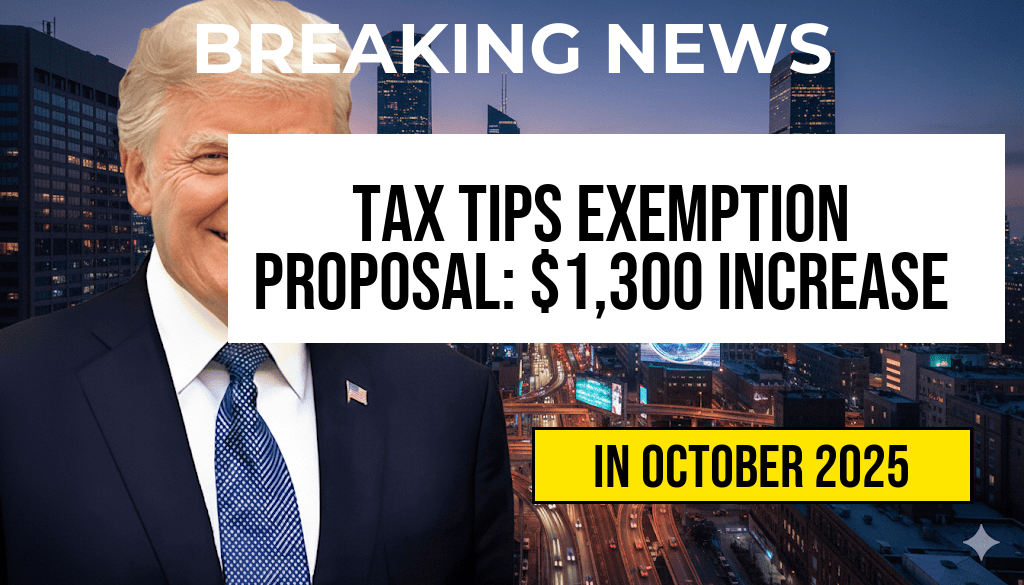Federal Loan Limits for Medical and Legal Professionals Proposed to Cap at $50,000 Annually, with a Total of $200,000 by 2026
Federal policymakers are contemplating new restrictions on student loan borrowing for certain high-income professionals, specifically targeting doctors and lawyers. Under the proposed framework, these professionals could be limited to borrowing a maximum of $50,000 annually, with a total cap of $200,000 by 2026. The initiative aims to address concerns over rising student debt levels and ensure equitable access to federal aid programs, while also encouraging financial responsibility among those in high-earning fields. The move has sparked debate across professional associations and educational institutions, with supporters arguing it safeguards federal resources and critics cautioning it could hinder career flexibility and access to necessary funding.
Background and Rationale Behind the Proposal
The federal government has historically provided significant student loan support to aspiring professionals, including those pursuing degrees in medicine and law. However, recent data shows that some individuals in these fields accumulate substantial debt, often exceeding several hundred thousand dollars, before entering the workforce. Critics contend that this debt burden can influence career choices and delay financial independence. The proposed loan limits intend to promote responsible borrowing by establishing clear caps aligned with typical earning potentials in these professions.
According to the Wikipedia entry on student loans in the U.S., federal loans have historically been designed to support access to education rather than to fund high-cost degrees for the already affluent. This new policy reflects a shift toward targeted support, ensuring federal funds are allocated more prudently.
Details of the Proposed Limits
| Parameter | Limit | Implementation Timeline |
|---|---|---|
| Annual Loan Borrowing Cap | $50,000 | Effective from 2024 |
| Total Loan Limit | $200,000 | By 2026 |
Scope and Applicability
- Targeted Professions: Medical doctors, legal practitioners, and other high-earning professionals with advanced degrees.
- Income Thresholds: The limits are designed to affect individuals with a demonstrated capacity for high earnings, as verified through income documentation.
- Exemptions: Certain public service and underserved area loan forgiveness programs may have separate provisions.
Implications for Borrowers and Institutions
If enacted, the limits could reshape borrowing behaviors among graduate students in law and medicine. Prospective students may face increased pressure to seek alternative funding sources such as private loans, scholarships, or grants, especially if they anticipate borrowing amounts near or above the proposed caps. Educational institutions might also need to adjust their financial aid offerings to accommodate these new restrictions.
“While the goal of controlling federal expenditures is commendable, these limits could inadvertently restrict access for students from lower-income backgrounds or those pursuing specialized fields,” said Dr. Laura Simmons, President of the American Medical Association. “We must consider how to balance fiscal responsibility with equitable educational opportunities,” she added.
Reactions from Professional and Educational Communities
Many in the legal and medical communities have expressed mixed reactions. Some see the caps as a prudent step toward reducing the long-term debt burden for professionals who typically enjoy high salaries post-graduation. Others voice concerns about potential barriers to entry for talented individuals unable to secure sufficient funding through other means.
Supporters’ Perspective
- Reduces the risk of student debt spiraling beyond manageable levels.
- Aligns borrowing limits with realistic income projections for high-earning professions.
- Encourages responsible financial planning among students.
Critics’ Concerns
- May limit access to necessary funds for students from disadvantaged backgrounds.
- Could deter some from pursuing careers in competitive fields due to funding uncertainties.
- Potentially shifts financial burden onto private lenders and students themselves.
Next Steps and Policy Considerations
The Department of Education is currently soliciting feedback from stakeholders ahead of formal rulemaking. The proposal reflects broader efforts to reform federal student aid programs, emphasizing sustainability and targeted support. Lawmakers are expected to review public comments and data before finalizing the regulation, which could take effect as early as the 2024-2025 academic year.
For individuals concerned about the impact of these potential limits, consult official resources such as the Federal Student Aid website for updates and guidance on available loan options and alternative funding sources.
As discussions continue, the balance between fiscal responsibility and access remains central to shaping the future landscape of federal student lending, particularly for high-income professional tracks like medicine and law. Stakeholders agree that transparent policies will be essential to ensuring that talented students can pursue their careers without undue financial hardship.
Frequently Asked Questions
What are the new federal loan limits for doctors and lawyers by 2026?
The federal loan limits for doctors and lawyers are set to be capped at fifty thousand dollars annually, with a maximum of two hundred thousand dollars by 2026.
How will the new loan limits impact medical and legal professionals?
The new limits will restrict the amount of federal loans that doctors and lawyers can access annually, potentially affecting their ability to finance education and related expenses, but aims to promote responsible borrowing.
When will the loan cap be implemented?
The federal loan limits are scheduled to take effect by the year 2026, giving medical and legal professionals time to plan their financing strategies accordingly.
What are the reasons behind introducing these loan limits?
The government aims to reduce federal debt, promote financial responsibility, and prevent over-borrowing among doctors and lawyers through these new loan caps.
Are there any exceptions or special considerations for certain professionals?
Currently, the loan limits apply broadly to doctors and lawyers, but specific exceptions or special considerations have not been announced; professionals should stay updated on policy details.










